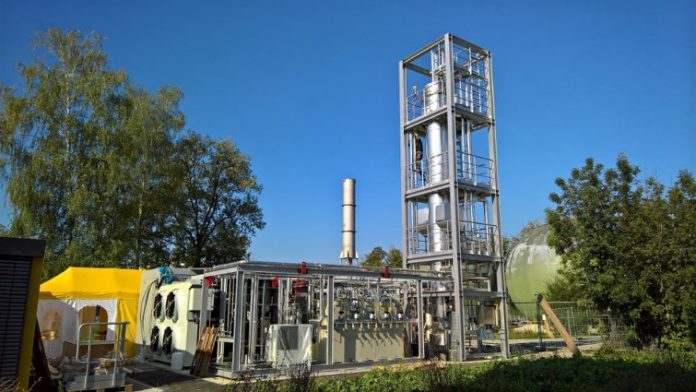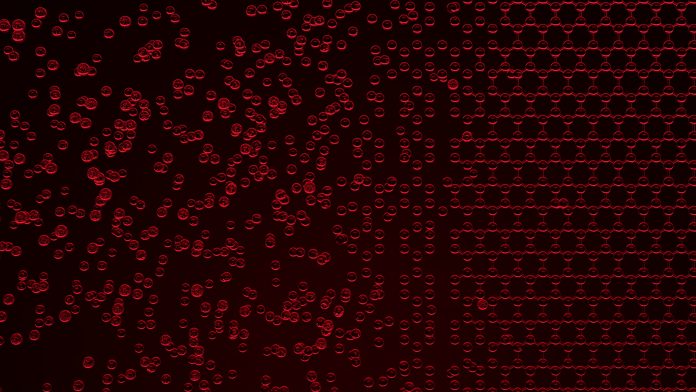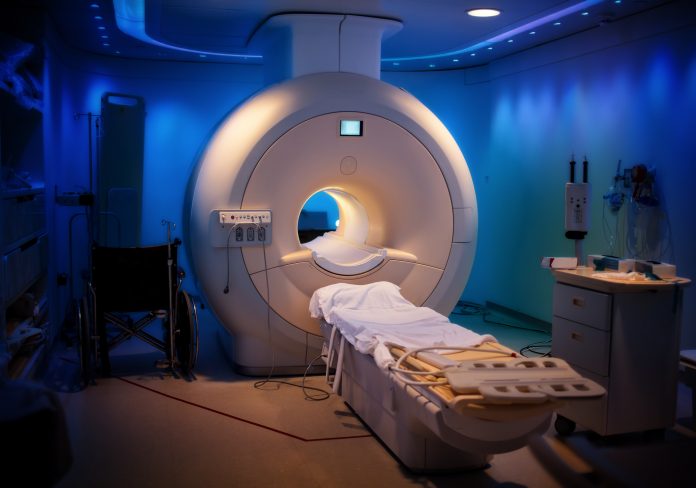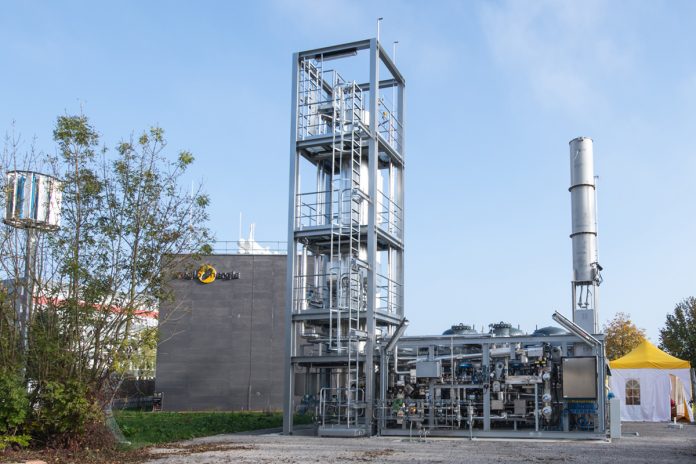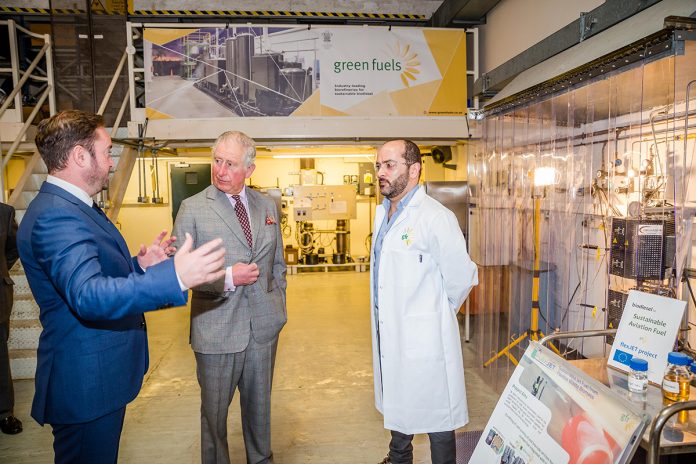Open Access Government produces compelling and informative news, publications, eBooks, and academic research articles for the public and private sector looking at health, diseases & conditions, workplace, research & innovation, digital transformation, government policy, environment, agriculture, energy, transport and more.
Home Search
hydrogen - search results
If you're not happy with the results, please do another search
An underwater topographic survey for Taiwan offshore wind farms
An underwater topographic survey for Taiwan offshore wind farms is detailed here by Gwo-shyh Song, Associate Professor at the National Taiwan University.
A new turn in the search for the origin of life
Professor Friedemann Freund, SETI Institute, explores a fascinating new discovery in the search for the origin of life, here.
Power to gas: The steps from theory to practice
The European research project STORE&GO at the finish line and about to publish a roadmap for the future integration of power-to-gas technology, writes Dr Frank Graf from the DVGW Research Centre at the Engler-Bunte-Institute of Karlsruhe Institute of Technology.
Swindon and Wiltshire: Opportunities from economic shocks
How does a region respond having experienced two economic shocks in a year? Paddy Bradley, Director at Swindon and Wiltshire LEP tells us more.
Asia focus: Innovations in renewable energy
Exciting innovations in renewable energy in Asia are placed into the spotlight here by Jack Terry, Copywriter at VHR Global Recruitment.
Chemistry focus: Advances in engineering functional nanomaterials research
Katharine Moore Tibbetts, Assistant Professor at Virginia Commonwealth University, shares with us her expertise on advances in engineering functional nanomaterials, an area of chemistry research that has benefitted society in various ways.
A new vision of plastic production and plastic use
Antonello Pezzini, Member of the European Economic and Social Committee shares his new vision of plastic production and plastic use.
H-UCG (Hybrid Underground Coal Gasification) Project for Local Energy Source in Japan
Ken-ichi ITAKURA, University Professor at the Muroran Institute of Technology, introduces a project that concerns the current energy situation in Japan and the problems associated with this.
Cardiovascular magnetic resonance imaging and spectroscopy
Cardiovascular magnetic resonance techniques can unveil metabolic alterations preceding anatomical and functional manifestations of diseases, the Department of Experimental Cardiovascular Imaging explains here.
A history of fusion research and development: Part two
International Atomic Energy Agency (IAEA) highlights key papers from the IAEA Fusion Energy Conference (FEC) 2018.
Top 10 eco-friendly cities around the world
We explore the top 10 eco-friendly cities around the world, detailing their initiatives to get there and their future ambitions to ensure they remain pro-green
Characterisation of Photonic Nanostructures in an Electron Microscope
Shima Kadkhodazadeh of DTU Nanolab provides insight into Photonic Nanostructures following research conducted at the Technical University of Denmark.
Bilateral energy dialogue between Brussels and Tokyo to become stronger
In this article, we explain how the G20 Energy and Environment Ministerial meeting led to a promise of more bilateral energy dialogue and cooperation on innovation between the EU and Japan.
Electric vehicles (EVs) set to dominate market
Electric vehicles (EVs) are on track to dominate global sales of passenger cars and buses by 2040, and to encroach significantly on the market for vans and short-distance trucking, according to BloombergNEF (BNEF).
Government awards £25 million to zero-emission transport innovations
Projects across the country are set to benefit from £25 million government investment to develop ground-breaking zero-emission transport innovations.
The implementation of a green waste valorisation technology
The HORIZON 2020 ToSynFuel project, coordinated by Fraunhofer UMSICHT, will demonstrate new integrated waste valorisation technologies into industrially relevant environments, says Dr-Ing Robert Daschner from Institute Branch Sulzbach-Rosenberg.
Cardiovascular magnetic resonance imaging and spectroscopy in animal care
Professor Ulrich Flögel explores how magnetic resonance techniques can be used for basic research into animal care in this report.
How billions of helpers are producing methane from CO2, water and renewable energy
Around 700 billion microorganisms are producing methane from CO2, water and renewable energy in the STORE&GO research facility, as Dr Frank Graf from DVGW Research Centre at Engler-Bunte-Institute of Karlsruhe Institute of Technology (KIT) describes.
flexJET project: Converting flexible waste biomass into sustainable aviation fuel
The Horizon 2020 flexJET project, coordinated by the University of Birmingham, will validate a new integrated process to produce sustainable aviation fuel from waste biomass, Dr Miloud Ouadi explains here.
EU funding: £649 million for clean energy infrastructure
The European Commission is releasing €750 million (£649 million) of funding for clean energy infrastructure projects, such as nine priority corridors for integrating renewable energy into multiple countries.



